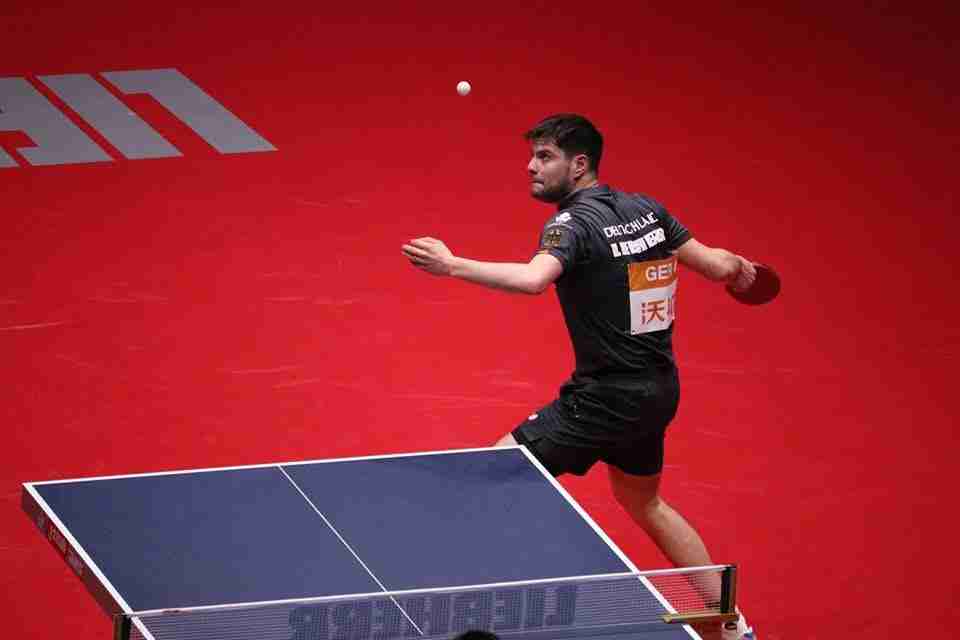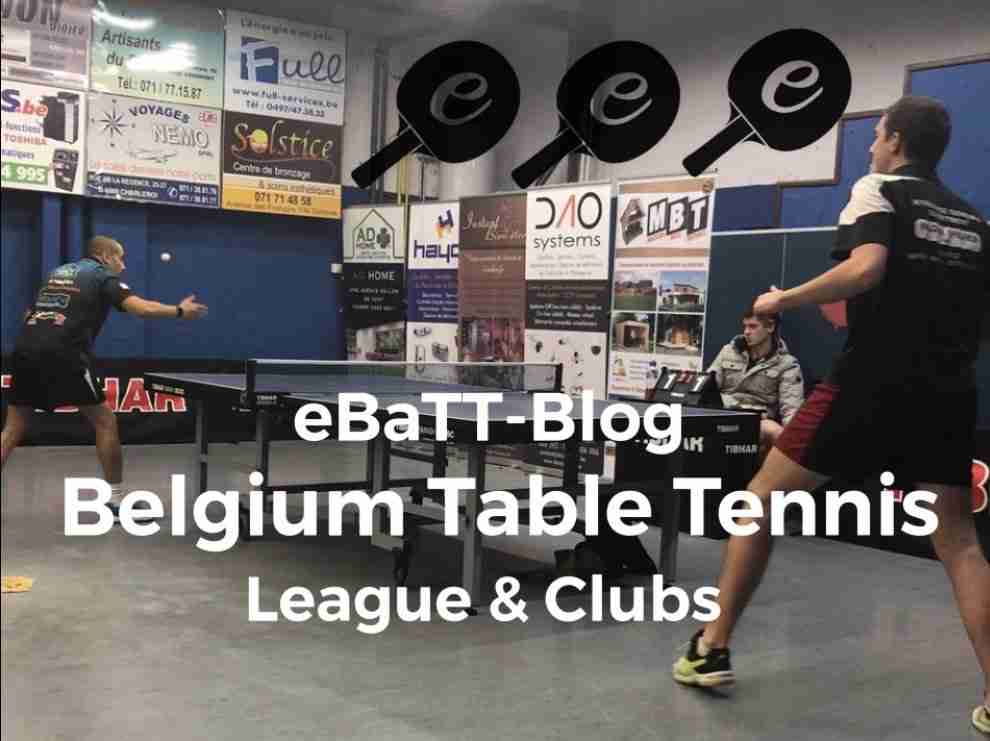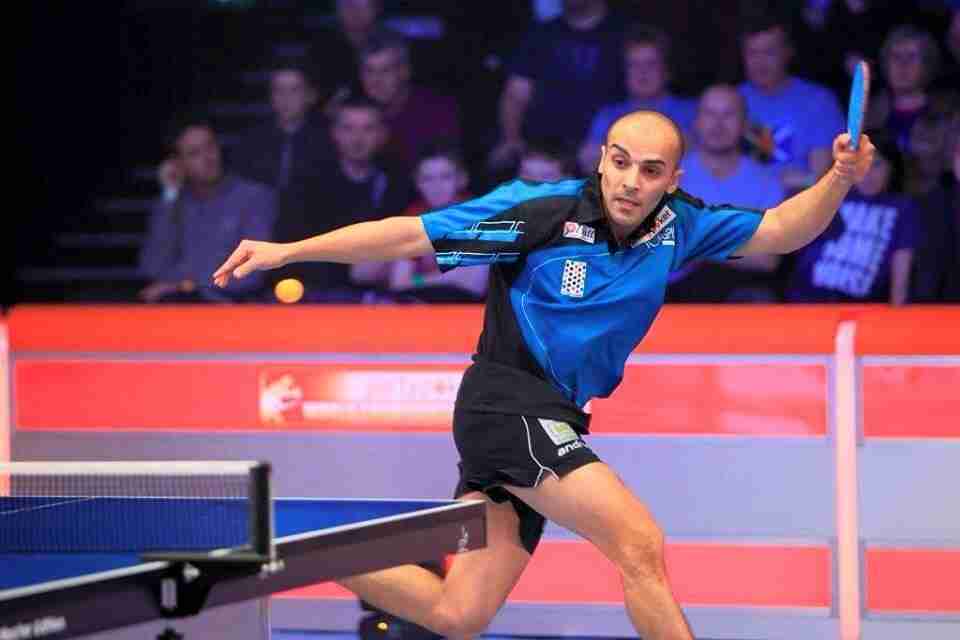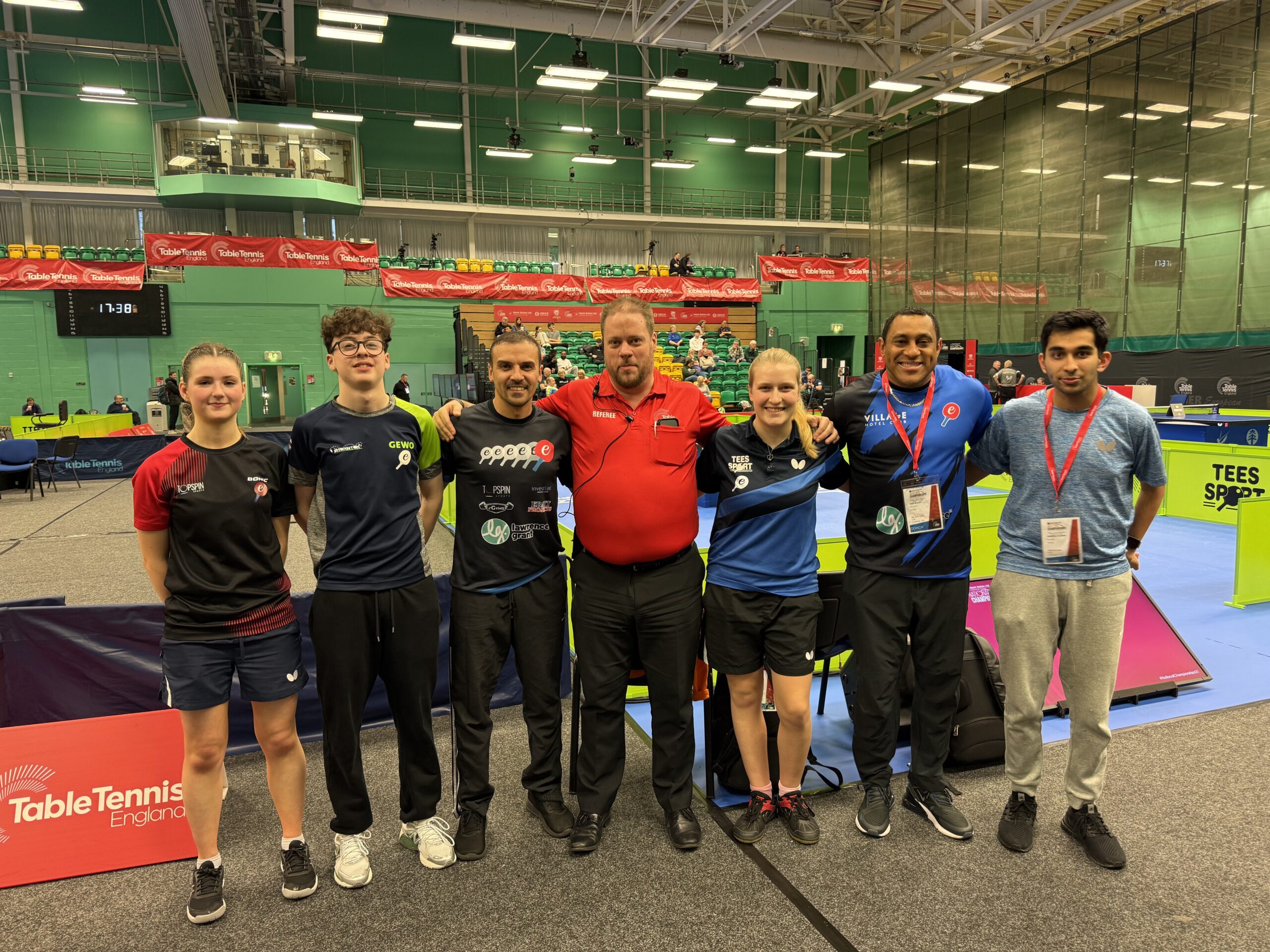
New Year’s Resolution! Learn from Cage Fighting!
An unlikely source of wisdom and model for success. Opinion The views expressed in the article do not necessarily reflect those of eBaTT and its

An unlikely source of wisdom and model for success. Opinion The views expressed in the article do not necessarily reflect those of eBaTT and its




Most people who play or have played know the basic rules in table tennis. If you don’t here’s a link for table tennis rules. Table

Wow, the table tennis culture in Belgium is so different. Playing table tennis in the Belgium League Nearly 20 years ago I played in Belgium

Table tennis evolution could possibly be greater than any other sport?! I don’t know for a fact if table tennis has evolved more than any

I went to the Junior British League event, last weekend and listened to people’s voices. We all have a voice: The beauty of going to an

Building table tennis foundations are one aspect of the game, few are willing to focus on in today’s modern society. We live in an instant

Have you ever asked yourself, how important is a table tennis rally? We all love having a long table tennis rally and of course, winning the







eBaTT – Table Tennis Centre
Our Table Tennis Club is a dedicated table tennis centre based in North West London. We provide and cater for anyone and everyone. This includes; table hire, group coaching, adult coaching, service & receive clinics, senior citizen coaching, open club play, tournaments, events, ping pong birthday parties and we pride ourselves on being welcoming and friendly to all.
We are open 7 days a week offering a huge variety of open & closed, coaching & non-coaching group sessions
Get the latest updates by providing your email to us and thus becoming a subscriber to our newsletters, (once a month).